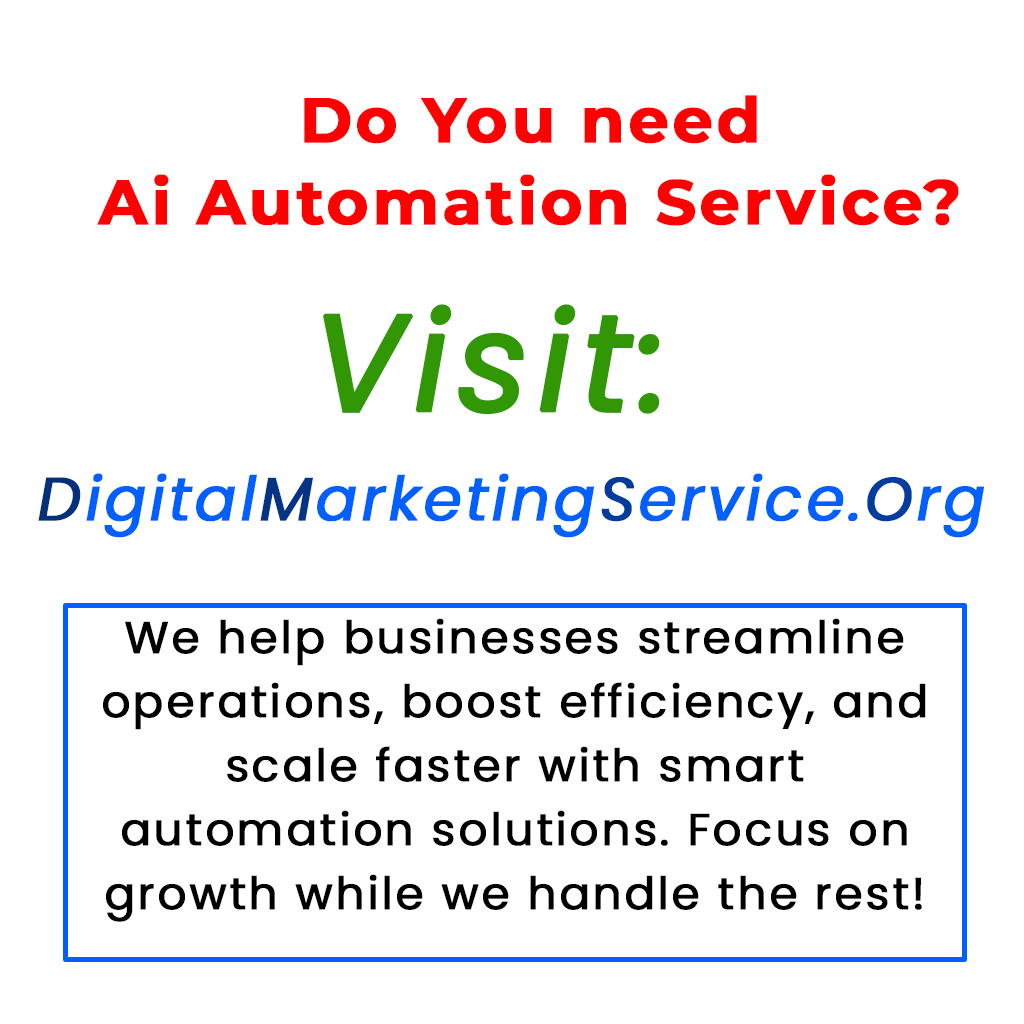This year, large language models (LLMs), like those from Microsoft-backed OpenAI, are expected to become more commoditized due to advancements in AI and the rise of open-source alternatives like DeepSeek’s new R1 model. As these technologies improve and become cheaper to operate, experts predict a shift toward AI agents that can perform tasks autonomously. Unlike traditional LLMs, which require user prompts, these agents will streamline processes, such as booking appointments. Tech leaders emphasize the growing importance of integrating LLMs with contextual data, paving the way for intelligent systems that enhance user experience across various applications.
The Future of AI: Shifting from Large Language Models to AI Agents
Large language models (LLMs) developed by companies like Microsoft and OpenAI are poised for major changes this year. According to industry experts, these models will soon become commoditized as new technologies emerge, including agile open-source alternatives.
Recent news highlights the introduction of R1, an open-source reasoning model from Chinese firm DeepSeek. This new model competes with OpenAI’s offerings, both in terms of cost and efficiency. The rise of DeepSeek has led to significant declines in the stock prices of tech giants like Nvidia, which dropped nearly $600 billion in Market capitalization in a single day. Investors are concerned that spending on powerful graphics processors essential for training advanced AI models might decline as accessible alternatives become more available.
As LLMs become easier to access and less expensive to run, companies are shifting their focus towards more versatile AI agents. Unlike traditional LLMs, which require constant input from users, these agents can perform tasks independently, like booking appointments or providing specific information. This is a game changer in how we interact with technology.
Industry leaders are calling for a move from just building sophisticated models to creating integrated systems that combine LLM capabilities with practical applications. Companies are increasingly looking for ways to incorporate AI into their existing workflows and databases. This reflects a broader trend where technology becomes embedded in business processes rather than being seen as a standalone product.
Notable executives, including Satya Nadella of Microsoft, are optimistic about the potential of these AI agents. Nadella suggests that as these technologies become more refined, they will shift from being novelty items to essential business tools. Other companies, like Anthropic, are also exploring ways to make their AI agents more functional and user-friendly.
In conclusion, the landscape of artificial intelligence is rapidly changing. The commoditization of LLMs and the rise of AI agents are expected to redefine how businesses operate and how they leverage technology. As these advancements continue, we’ll likely see an increasing number of applications that enhance productivity and simplify our digital interactions.
Tags: AI, Large Language Models, AI Agents, OpenAI, DeepSeek, Technology
Primary Keyword: AI agents
Secondary Keywords: Large language models, DeepSeek, Microsoft
What is DeepSeek?
DeepSeek is a new type of AI agent that helps find and analyze information quickly and efficiently. It uses advanced methods to make sure users get the best results without wasting time.
How does DeepSeek differ from traditional AI models?
Unlike older AI models that rely heavily on massive data sets, DeepSeek focuses on smart connections and relevant information. This means it can provide more accurate answers while using less data.
Can DeepSeek replace large AI models?
DeepSeek won’t completely replace large AI models, but it might change their value. By being more efficient, it can reduce the need for heavy models in some areas.
Is DeepSeek easy to use?
Yes, DeepSeek is designed to be user-friendly. Whether you’re a tech expert or a beginner, you can use it to find what you need without complicated steps.
What industries can benefit from DeepSeek?
DeepSeek can help various industries like healthcare, education, and research. It makes finding and understanding information faster, which is valuable in these fields.






